
24 Hours: 100 years of Le Mans book review
Tough brief – the whole century of the Le Mans 24 Hours in one hit, and not from a publisher you might expect. But while the mainstream format short-changes us…
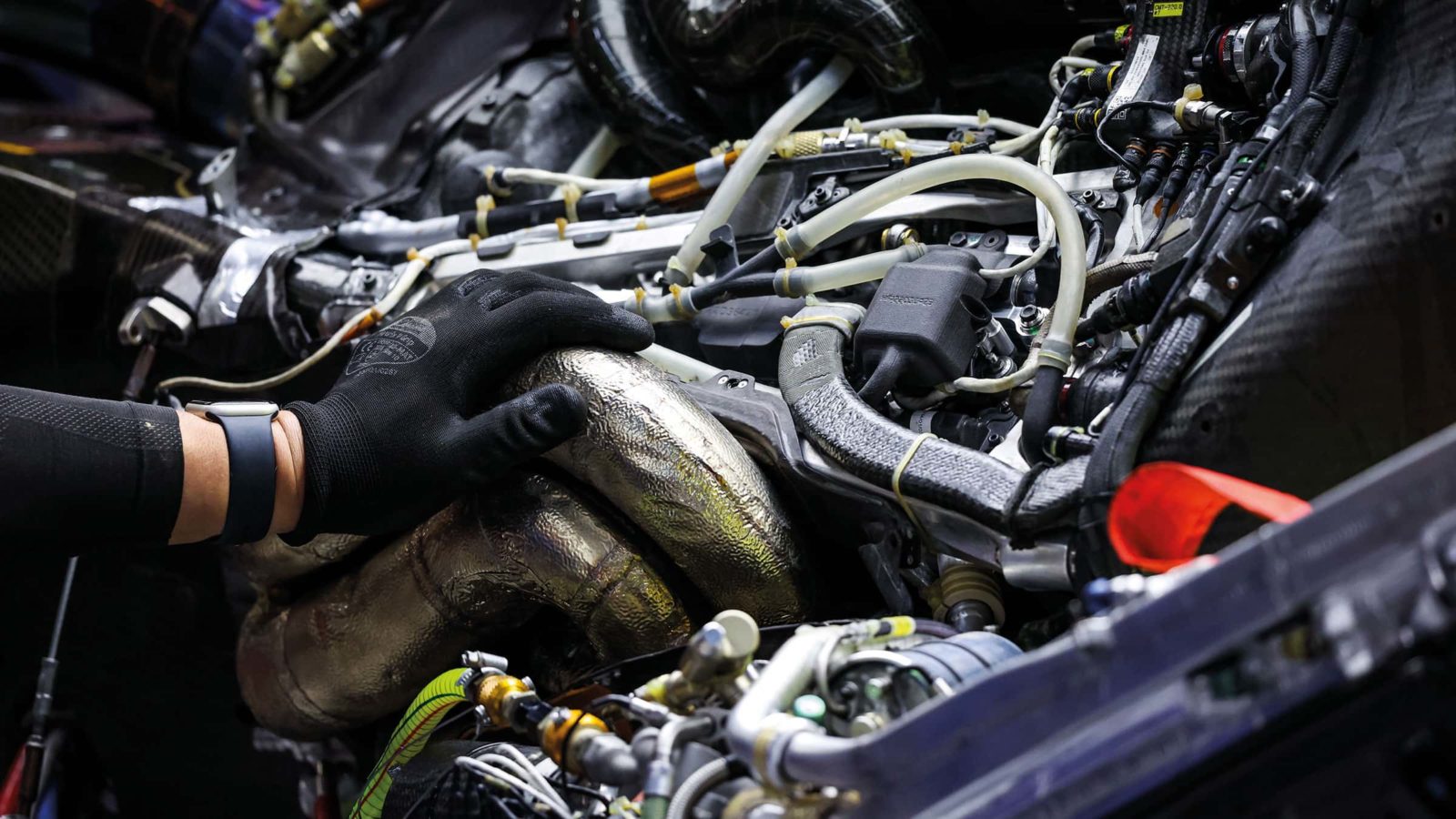
Read Steve Rendle’s book on F1 tech and this image of the inner workings of a Haas VF-22 might make sense
DPPI
Confession time: I’m not much interested in F1 drivers’ wages, their social media blunders or their ‘mental challenges for the forthcoming season’. I am interested in the racing, and especially the machinery they’re in charge of. As one-time technical editor at Haynes of much-missed manuals memory (and he wrote three on race cars), Steve Rendle is well placed to show us what is underneath all those sponsor stickers, to back up the informed insight that Mark Hughes gives us.
Using generous graphics (many by Giorgio Piola) and well-chosen photos, the book takes us through the physical components from suspension shim to entire monocoques, as well as the less visible elements – aerodynamics, hydraulics, the incredible balancing act the ERS does between harvesting and applying energy.
Just to prove how far we’ve come from the conventional car, Rendle points out that the right-hand pedal is no longer a throttle but has become a “torque control pedal”…

Formula 1 Technology: The Engineering Explained
Steve Rendle
Evro Publishing, £55
ISBN 9781910505731
Much information is from cars as recent as 2022, but Rendel also looks back to past technologies to explain those exhaust-blown diffusers, the twin-rack steering that pre-dated DAS, how an inerter works and McLaren’s 2010 F-duct – still my favourite rules gap exploiter in a field packed with them. There’s even some unraced tech – I’m still struggling to get my head round Honda’s still-born2009 seamless-shift mechanism. (However, that reminded me that Mercedes had a sequential gearbox around 1905 – before it patented the gate gearchange.)
I thought I knew a bit about F1 tech thanks to our Mark among others, but with a whole book at his disposal Rendle has educated me to the canny link (now banned) between steering lock and ride height, blown hubs and the existence of the medical warning light which alerts marshals attending an accident if it’s been a threateningly high-g crash. There are even sections on support equipment and on designing the car and that tricky line between the daunting regulatory restrictions.
Detailed yet clearly explained, the book frankly took me so deep inside today’s F1 cars I practically had to clean carbon dust from my fingernails afterward
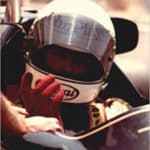
Geoff Lees
Getting into F1 is easier if you have a wealthy dad. Jeff Lees didn’t. Though he finally made it to Tyrrell and Lotus seats, he battled from the very beginning, and in this unglossy self-publication he tells his own story with engaging frankness and cheery resignation. He was undoubtedly quick, and if only fate had been kinder…
It’s a switchback tale. Faced with giving up racing at the end of ’77 because he couldn’t afford F2, he got a call out of the blue saying, “Please race my F1 Ensign.” Lucky chances like that, plus dogged determination, steered his career into F1, hardly successful, and into Can-Am and Le Mans, and while you end up thinking “what bad luck this guy had”, he instead is thrilled to have driven even once for Lotus – even though Chapman’s promise of a works season evaporated. But he’s rightly proud of his record in sports cars, Including a heartbreaking Le Mans DNF within an hour of victory.
Mike Thackwell’s foreword calls him “grossly underrated”. A shame Lees feels his success in Japan and two Macau GP victories are unsung, but there’s no whingeing; he battled his way into racing because he loved it, and clearly relishes his memories. GC
Amazon, £22
ISBN 9798365927551

Various
A large and lavish celebration of the 356 Porsche which was the make’s first competition car, entering Le Mans in 1951 and winning its class – of two finishers. But that was the start of big things for Porsche. Chassis 063 competed in the Liège-Rome-Liège rally and set records at Montlhéry, and its latest owner has assembled a staggering amount of documentation and photography to cover this and its later US activities, its rediscovery and restoration. GC
Dalton Watson, £125
ISBN 9781956309010

Tough brief – the whole century of the Le Mans 24 Hours in one hit, and not from a publisher you might expect. But while the mainstream format short-changes us…
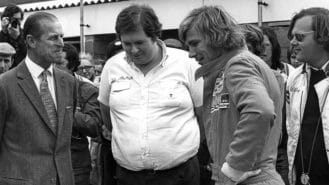
Couldn’t make it up? Of course you could, if you were writing an overblown novel: wealthy aristocrat backer, dashing driver coming from nowhere, yachts, champagne, parties, and then beating established…
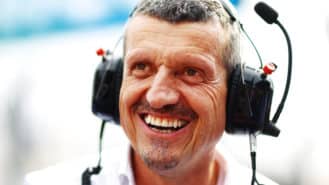
It’s clear from the outset who this book is aimed at: those fans of F1 who came to the sport via the smash-hit Netflix docuseries Drive to Survive. The clue…

It was a bold adventure – resurrecting a defunct marque with a huge story behind it, and for a while it seemed to have succeeded. Then everything went wrong for…
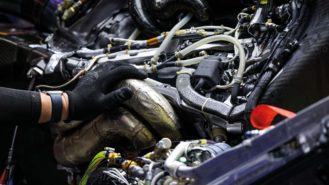
Confession time: I’m not much interested in F1 drivers’ wages, their social media blunders or their ‘mental challenges for the forthcoming season’. I am interested in the racing, and especially…
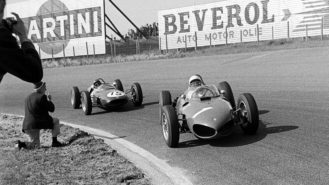
Hallowed. A good way of avoiding the overused word ‘golden’ to pin down a period when everything looked at its finest, at least from our later viewpoint. That half a…
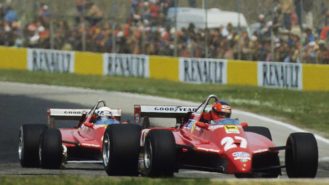
I don’t want it to be hurtful to anyone,” says Joann Villeneuve in the opening moments of the new feature-length documentary on her husband Gilles and his friend, team-mate and eventual…
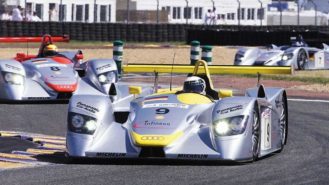
So is it a new firm, this Audi lot? Or is it a DKW? What has Auto Union got to do with it? That was the branding muddle Audi had…
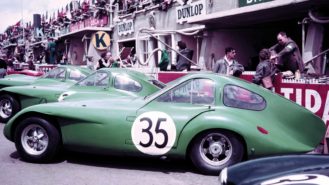
They’re among the ugliest cars ever to compete at Le Mans but they appear here in one of the most beautiful books I’ve seen. Not only is it vast but…
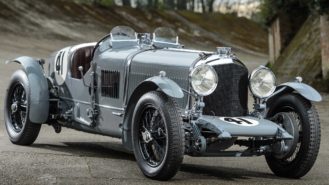
I’m glad I’m not a judge. Paul Griffin, a city lawyer as well as a historic racer, hangs his book round a number of high-profile car disputes: it’s obvious that…

Paddock rumours of skulduggery from mild cheating to murder have always been popular gossip, but Crispian Besley has decided to pin down a bookful of those which have the evidence…
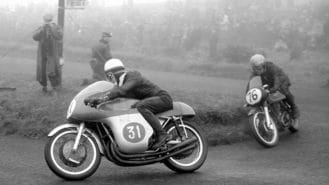
One of my treasured books as a young lad was The Boys’ Book of Motors (it’s still on the shelf behind me). As well as the various four-wheeled excitements I…